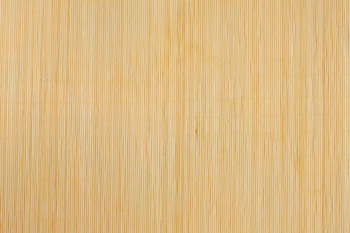For many Colorado homes, nothing says home like wooden floors. And with so many options on the market today, many families are turning to bamboo in order to achieve the look, yet be eco-friendly in the process.
Bamboo mimics wooden floors in both aesthetics and behavior, but its important to remember that bamboo isn’t wood; it’s a renewable grass that gains similar properties to wood during the drying and production process. Therefore these floors are susceptible to warping if they are exposed to the wrong conditions.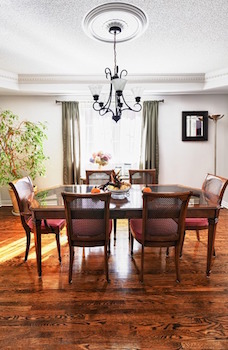
Insufficient acclimation process
Before bamboo planks can be installed in a room, they have to be acclimated and adjust to the humidity levels of the room prio to installation. Unfortunately many DIYers don’t understand this, and purchase and install the same day. Bamboo planks should have 3 to 6 days adjusting to the atmosphere before they are installed.
The subfloor wasn’t adequately prepared
All manufacturers will have guidelines for installation and the preparation of the subfloor beneath the bamboo planks. If the subfloor isn’t prepared properly, it can allow moisture to build, trap humidity, and allow the planks to warp. The subfloor is highly important, especially if you have a subfloor made of concrete that is more moisture-prone in the first place.
Improper use of adhesive
As a do-it-yourselfer, its easy to get confused by your options. While you care about the final look, in many cases it’s the installation process that will matter most for longevity. If you go with another adhesive because its lower in cost, you may pay the price down the road. Stick with all manufacturers guidelines when it comes to both selecting and installing bamboo planks with the correct line of adhesive.
Bamboo planks will expand
Just like wood planks, bamboo will need room to grow and breathe. The expansion gap is the space allowed between the planks and the edges of the rooms where it meets the wall or other vertical surfaces (such as a kitchen island). This extra space gives the bamboo planks room to settle in as it adjusts to the variables of your home, including seasons, temperatures, and varying humidity levels.
Spills and sitting water
Water damage can occur in many ways. It can occur when you leave wet boots by the front door. It can occur by a wet bath mat sitting for hours in front of the shower. It can occur by a knocked over cup of tea forgotten as you rush out for a busy day. The longer water has time to sit, the more damage it will do. Take preventative measures when you can – a rug in the entryway for wet boots. And if water damage does occur, call in an expert to help you repair your floors immediately.

For all of your Denver Hardwood Flooring needs visit our site today.
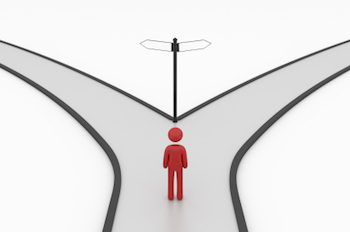
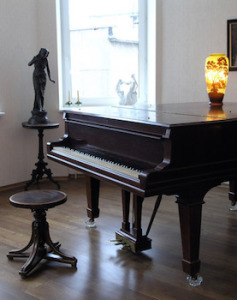
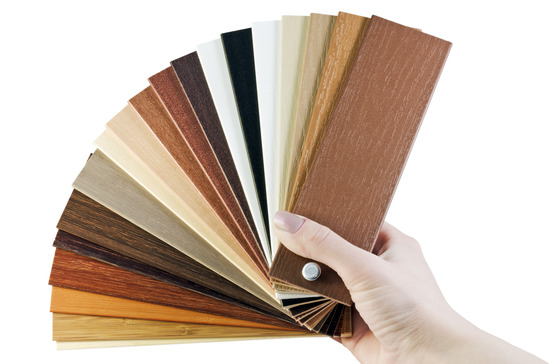
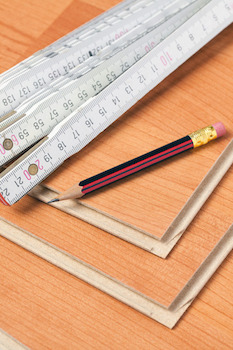
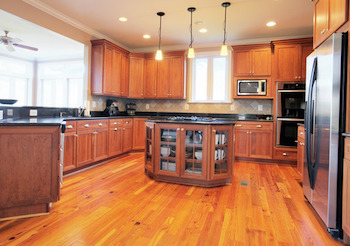 After installation:
After installation: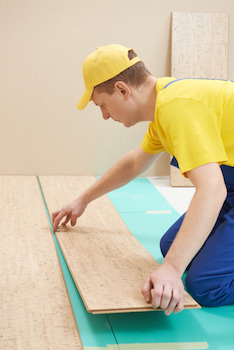
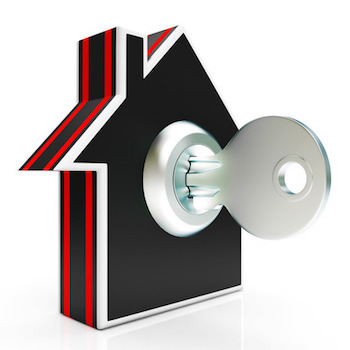
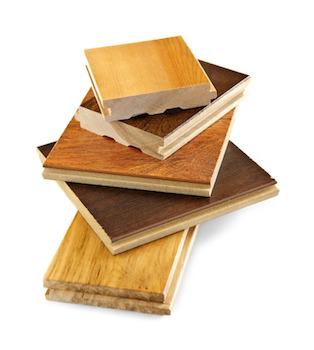 Environmentally friendly flooring means being aware and proactive of the woods you choose to have installed in your home. In order for a hardwood product to meet legal requirements right here in the US, it must be produced from responsibly managed forests and legally logged trees. If forests are responsibly managed, they are one of the most sustainable resources we have.
Environmentally friendly flooring means being aware and proactive of the woods you choose to have installed in your home. In order for a hardwood product to meet legal requirements right here in the US, it must be produced from responsibly managed forests and legally logged trees. If forests are responsibly managed, they are one of the most sustainable resources we have.